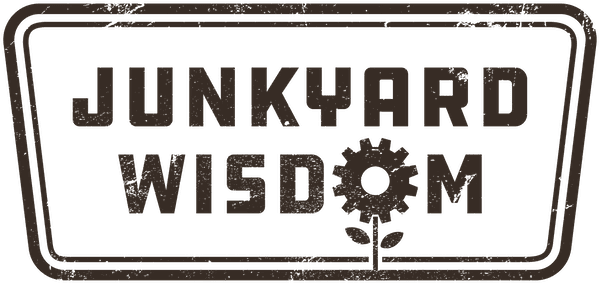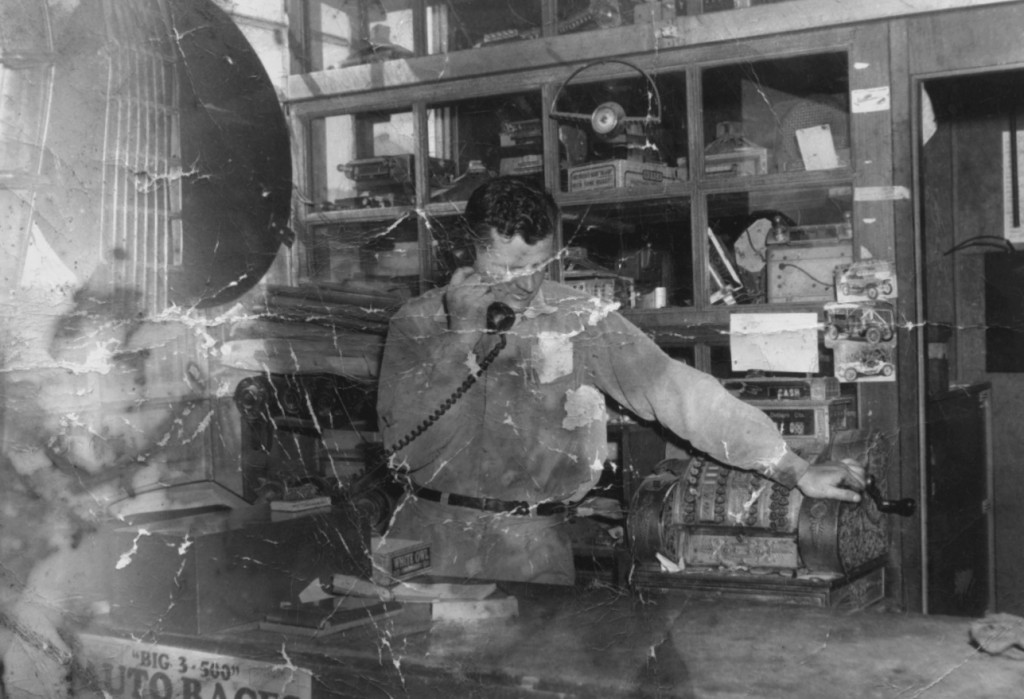Here’s a junkyard lesson that I never consciously knew was true, but once I read an article in the New York Times it struck me as obvious: Americans equate clutter with bargains.
The more inventory that is piled onto shelves, stacked in the middle of aisles, and generally creating a sloppy look around the store, the more shoppers equate your prices with bargains. This is apparently the new trend in retails stores, especially after Wal-Mart’s recent “make it sleeker and slimmer” makeover failed miserably.
If you have a neat, clean, well organized, minimalist layout in your store, your customers think the prices must be too high. Tiffany’s, for instance. But if you have a messy story the consumer thinks the price is a good deal, even if it’s just the standard price.
Shoot, the junkyard invented this retailing method! We’d have junk piled everywhere. Every square inch had some sort of oily part stacked on top of some other greasy party. People loved coming in and sorting through it all.
I remember my father once had me move all the transmissions from one side of the shop to the other. It was an exhausting and messy day, and I really couldn’t figure out why the move was necessary. Finally my father explained, “Because that side of the shop looked bare. It’s the first thing people see when they walk in and I want them to think we’re overflowing with parts.”
He did the same thing with hubcaps. We had hundreds of them, most of them junk that nobody would ever buy. But we kept them nailed to walls or stacked on shelves because they filled space and created a bargain hunters paradise. The same happened with radios, brake drums, tires, horns and even steering wheels.
There aren’t many photos of our junkyard, but I found two old ones in poor condition that show just how cluttered the place was. Thought you’d enjoy them.
So thank you, Stephanie Clifford, for your great article in the NY Times about how contemporary retailers are finally catching up with junkyard methods!


